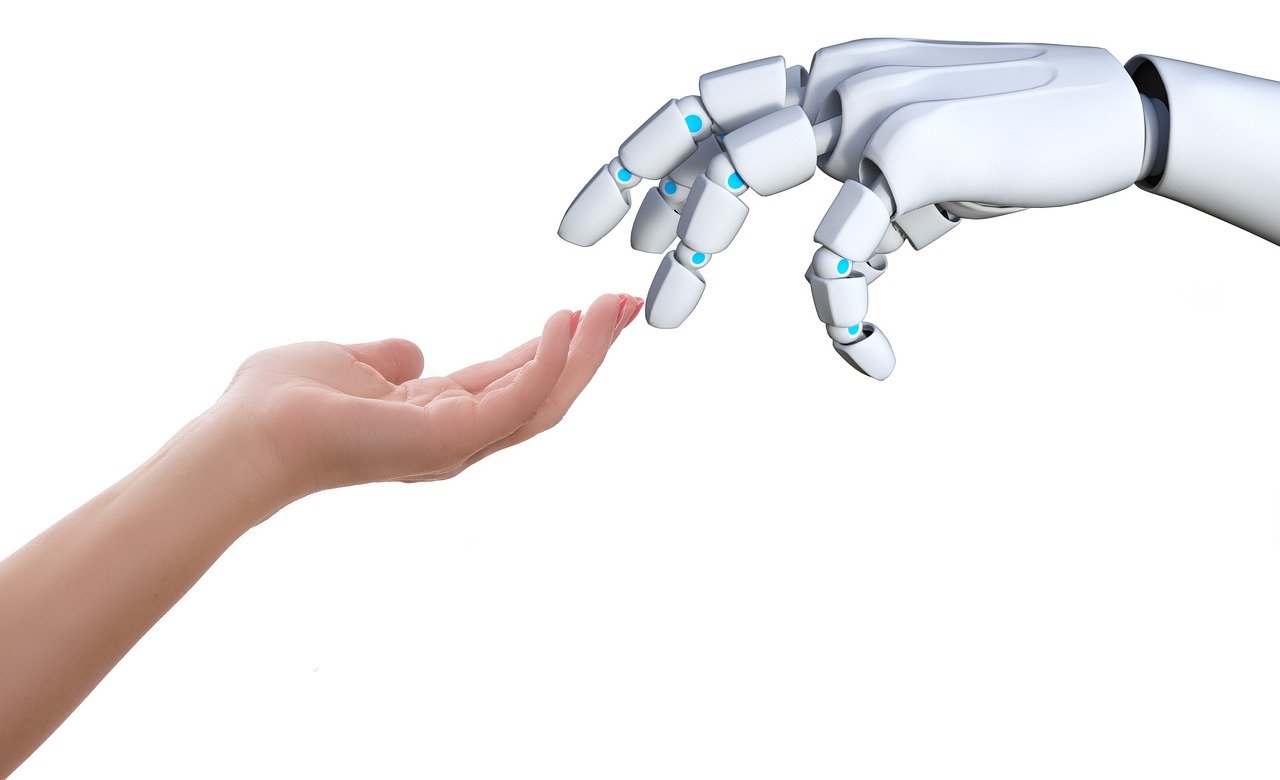Intelligent Automation (IA) is revolutionizing the way businesses operate, moving beyond simple task automation to complex processes requiring cognitive capabilities. By combining Robotic Process Automation (RPA) with Artificial Intelligence (AI) technologies, IA enables organizations to achieve unprecedented levels of efficiency, accuracy, and insight. This blog post delves into the depths of intelligent automation, exploring its components, benefits, implementation strategies, and future trends.
What is Intelligent Automation?
Defining Intelligent Automation
Intelligent Automation (IA) is the application of advanced technologies, including robotic process automation (RPA), artificial intelligence (AI), machine learning (ML), optical character recognition (OCR), and natural language processing (NLP), to automate end-to-end business processes. Unlike traditional automation, IA can handle unstructured data, learn from experience, and make intelligent decisions, mimicking human-like judgment.
- IA extends automation beyond rule-based tasks.
- It integrates various technologies to create a comprehensive automation solution.
- IA aims to streamline complex workflows and improve overall business performance.
The Difference Between RPA and IA
While RPA focuses on automating repetitive, rule-based tasks, IA takes it a step further by incorporating cognitive capabilities. RPA relies on structured data and predefined rules, whereas IA can handle unstructured data, such as text and images, and adapt to changing circumstances.
- RPA: Automates structured tasks with predefined rules.
Example: Data entry, invoice processing.
- IA: Automates unstructured tasks, learns from data, and adapts to changes.
Example: Customer service chatbots, fraud detection.
- Statistics: According to a recent report by McKinsey, IA can automate up to 60% of all occupations, freeing up human workers to focus on more strategic and creative tasks.
Benefits of Intelligent Automation
Increased Efficiency and Productivity
IA significantly boosts efficiency and productivity by automating tasks that would otherwise require human intervention. By automating repetitive processes, employees can focus on higher-value activities, leading to increased output and improved resource utilization.
- Reduces processing time for tasks.
- Minimizes errors and improves accuracy.
- Frees up human workers for strategic activities.
Improved Accuracy and Reduced Errors
With IA, human error is significantly reduced, resulting in more accurate and reliable outcomes. AI-powered systems can consistently execute tasks according to predefined rules and algorithms, minimizing the risk of mistakes.
- Automated checks and validations ensure data integrity.
- AI algorithms can detect and correct errors in real-time.
- Minimizes compliance risks associated with manual processes.
Enhanced Customer Experience
IA can enhance the customer experience by providing faster, more personalized service. Chatbots and virtual assistants can handle customer inquiries 24/7, while AI-powered analytics can provide insights into customer behavior and preferences.
- Faster response times to customer inquiries.
- Personalized recommendations and support.
- Improved customer satisfaction and loyalty.
Cost Reduction
By automating tasks and reducing errors, IA can significantly reduce operational costs. Organizations can optimize resource allocation, minimize waste, and improve overall cost efficiency.
- Reduced labor costs through automation.
- Lower error rates leading to cost savings.
- Improved resource utilization and optimized workflows.
Implementing Intelligent Automation
Identifying Automation Opportunities
The first step in implementing IA is to identify processes that are suitable for automation. Focus on tasks that are repetitive, time-consuming, and prone to errors. Conduct a thorough assessment of existing workflows to identify pain points and potential automation opportunities.
- Analyze existing processes to identify bottlenecks and inefficiencies.
- Prioritize tasks that are high-volume, repetitive, and rule-based.
- Involve stakeholders from different departments to gather insights and feedback.
Choosing the Right Technologies
Selecting the right technologies is crucial for successful IA implementation. Consider the specific requirements of your business and choose tools that align with your goals.
- Evaluate different RPA platforms, AI engines, and OCR solutions.
- Consider integration capabilities with existing systems.
- Assess the scalability and flexibility of the chosen technologies.
Building an Automation Roadmap
Develop a comprehensive roadmap that outlines the steps involved in implementing IA, from initial assessment to deployment and maintenance. Ensure that the roadmap aligns with your business strategy and includes clear milestones and objectives.
- Define project scope, timelines, and budget.
- Establish clear roles and responsibilities for team members.
- Develop a communication plan to keep stakeholders informed.
Training and Change Management
Successfully implementing IA requires a strong focus on training and change management. Employees need to be trained on how to use the new technologies, and the organization needs to adapt to the changes brought about by automation.
- Provide training programs to equip employees with the necessary skills.
- Communicate the benefits of IA to gain employee buy-in.
- Establish a support system to address any concerns or issues.
- Practical Example: A bank implemented IA to automate its loan application process. By integrating RPA with OCR and AI, the bank was able to extract data from application forms, verify credit scores, and make loan approval decisions in a fraction of the time it used to take. This resulted in faster loan processing, reduced operational costs, and improved customer satisfaction.
Future Trends in Intelligent Automation
Hyperautomation
Hyperautomation is an approach that focuses on automating as many business and IT processes as possible using advanced technologies like AI, ML, and RPA. It involves orchestrating multiple technologies to create end-to-end automation solutions.
- It’s a disciplined approach to rapidly identify, vet and automate as many processes as possible.
- Combines a variety of tools, including RPA, AI, ML, iBPMS, and more.
- Aims to achieve a more comprehensive and integrated automation strategy.
AI-Powered Automation
As AI technologies continue to advance, AI-powered automation will become more prevalent. AI algorithms will be able to handle more complex tasks, such as decision-making and problem-solving, further expanding the scope of automation.
- AI will enable automation of more complex, unstructured tasks.
- Machine learning will allow systems to continuously improve and adapt to changing conditions.
- AI-powered analytics will provide valuable insights to optimize business processes.
Low-Code/No-Code Platforms
Low-code and no-code platforms are making it easier for businesses to build and deploy automation solutions. These platforms provide a user-friendly interface and pre-built components, allowing non-technical users to create automation workflows with minimal coding.
- Democratizes automation by enabling citizen developers.
- Reduces the time and cost associated with automation development.
- Allows businesses to quickly adapt to changing needs and requirements.
Ethical Considerations
As IA becomes more widespread, it is important to consider the ethical implications of automation. Organizations need to ensure that AI systems are fair, transparent, and accountable, and that automation is used in a responsible and ethical manner.
- Ensuring fairness and transparency in AI algorithms.
- Addressing potential job displacement caused by automation.
- Protecting data privacy and security in automated systems.
Conclusion
Intelligent Automation is transforming the business landscape, offering organizations unprecedented opportunities to improve efficiency, reduce costs, and enhance customer experience. By understanding the components of IA, identifying automation opportunities, and implementing the right technologies, businesses can unlock the full potential of this powerful technology. As IA continues to evolve, it is essential to stay informed about the latest trends and best practices to remain competitive in the digital age. Embrace IA to streamline operations, empower employees, and drive innovation, paving the way for sustained growth and success.



